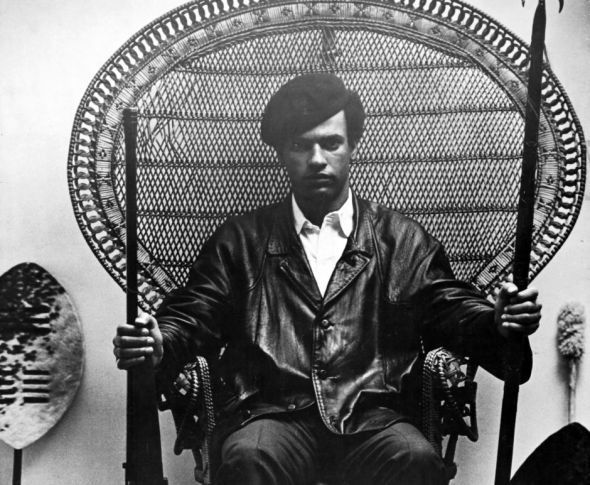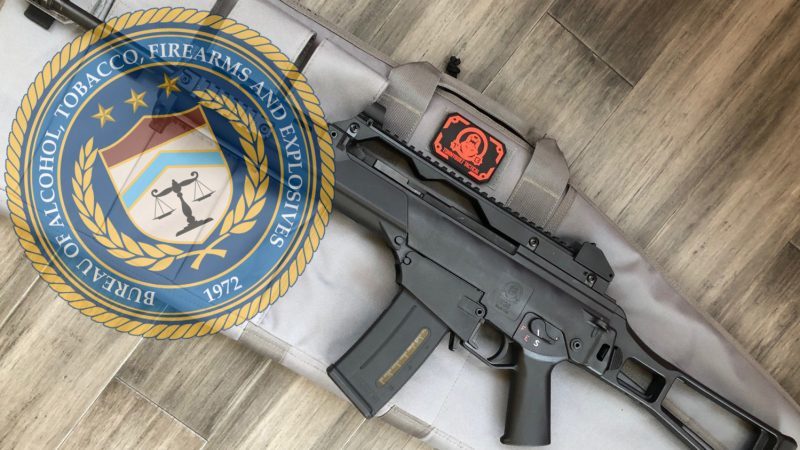Mass shootings seem to always be a great excuse for lawmakers and media to push for more red flag laws. Such is the case with the recent Club Q shooting in Colorado that killed five people and injured 22 others. But there are several problems with this. First, these laws are largely left up to interpretation. Two, it’s very difficult to put these laws into action without violating Constitutional rights. And third, states that do have these laws fail to effectively use them, rendering any discussion or legislation in this realm to be a complete waste of time.
A Brief Rundown on Red Flag Laws
In June, the House passed a gun control bill that allowed for “red flag laws,” meaning that a person’s family member, coworker, friend, police officer, or another person close to them can petition federal courts to remove firearms from that person’s home if they believe they are significant risk of harming themselves or others. Often, firearms are then temporarily removed from possession of the person being flagged as a risk before any hearings take place. The House bill has yet to pass in the Senate.
Nineteen states and Washington D.C. have red flag laws. But the Supreme Court recently dealt a blow to red flag laws. In the case Caniglia v Strom, the Supreme Court protected both privacy rights (fourth amendment) and gun rights (second amendment) by ruling the unwarranted search of the home and seizure of the firearms in possession of the individual in question, Edward Caniglia, to be unconstitutional.
A recent article from the Poynter Institute concluded that while there have been instances where court orders resulting from red flag laws may have prevented suicide, there is simply not enough research to conclude that these laws prevent dangerous people from killing others. And even in many of these 19 states that have red flag laws, a recent study from the Associated Press found that they were rarely used. For example, Chicago had 8,500 shootings, which led to 1,800 deaths since 2020. But red flag laws have only been used four times in Chicago.
A recent study from the Crime Prevention Research Center found that the supposed high support for these red flag laws is likely due to the public’s lack of knowledge about how they work. When survey respondents were informed of the lack of due process in most red flag cases, strong support of these laws came down from 34% to 14%. Back in 2018, the ACLU of Rhode Island spoke out against red flag laws, raising concerns about the impact these laws would have on civil liberties.
These red flag laws don’t seem to work because of their inherent vagueness. First, determining whether a person is a danger to themselves or others is widely left to the discretion of the police officer present. Second, a recent article from Reason.com which examined Colorado’s red flag law in the wake of the Club Q massacre stated that “the ‘significant risk’ standard [used to determine if a person is a risk] is open to wide interpretation, and the process encourages judges to err on the side of issuing orders,” putting innocent people in danger of losing their Second Amendment rights. The article also pointed out how the red flag law would have likely expired months before the Club Q attack, unless the police or another petitioner was granted an extension by successfully making the case that the would-be shooter remained a threat. So the law likely wouldn’t have even prevented the tragedy.
Mark Oliva from the NSSF Weighs in on Red Flag Laws and Due Process
I asked Mark Oliva, Managing Director of Public Affairs for the National Shooting Sports Foundation (NSSF), what his thoughts are on red flag laws. “The NSSF is never opposed to red flag laws so long as those laws have due process rights and protections written into them,” says Oliva. “The difficulty is that [out of] the 19 states and the District of Columbia that have those laws right now, none of them have due process rights and protections written into them.”
Oliva provides a hypothetical example of a woman whose abuser calls authorities and reports that she is suicidal so her firearm should be taken away. Under the current red flag laws some states have, while she is awaiting procedural due process, she would be unarmed and unable to protect herself and therefore vulnerable to the abuser. Oliva also points to the failure of authorities in these states that do have red flag laws to utilize them properly to remove firearms from the possession of individuals such as the shooter in Buffalo, New York. Oliva points out that the Buffalo shooter Payton Gendron was never given a mental health hearing after his family expressed concerns about his erratic behavior and therefore was still allowed to have the firearm in his possession. Oliva points out that despite these failures to properly enforce the laws these states already have, there are louder and louder cries for more gun control.
Ablechild Demands Answers Regarding Link Between Mass Shootings and Psychiatric Drugs
I also recently spoke with Sheila Matthews, co-owner of Ablechild, a national parent’s rights organization, which is dedicated to protecting full informed consent and the right to refuse psychiatric services. Gallo sees these red flag laws as “red herrings,” or diversions from the real problems our nation is facing that are at the root of many of these violent tragedies.
For decades, Ablechild has been calling for investigations into the connection between mass shootings and psychiatric drugs, and they have yet to get such an investigation. Many of these shooters were taking psychiatric drugs at the time the crime was committed. The 2005 Red Lake, Minnesota school shooter was taking Prozac at the time of the massacre. Ablechild submitted a written request to the United States Attorney for the District of Minnesota, as well as the FDA, requesting a full investigation into this event. In 1999, one of the Columbine shooters, Eric Harris, was taking the antidepressant Luvox. Then fast forward to the Las Vegas concert shooting in 2018, where the autopsy found that shooter Stephen Paddock had anti-anxiety medication in his urine.
“Pharmaceutical companies and the mental health industry take zero responsibility for the link between psychiatric drugs and mass shootings,” says Matthews.
There was a leap to gun control after the 2012 Sandy Hook Elementary school shooting, which is still obscured in a cloud of unanswered questions related to Adam Lanza’s (the shooter’s) psychiatric care. First, there were the criminal charges and other serious allegations involving Dr. Paul Fox, a psychiatrist who played a big part in Lanza’s treatment. In 2016, Fox was arrested by the Department of Homeland Security and eventually convicted of a felony. According to the state police report, the Yale Child Studies Center evaluated and treated Lanza from October 2006 to February 2007. Lanza’s mother sent an email to in February of 2007 requesting that Dr. Fox “take the lead role” in treatment Adam would be receiving. Just six days after that email was sent, treatment abruptly ended. After that, there has been no information made available to the public regarding what became of Lanza’s mental health treatment, or what psychiatric drugs he was taking. Meanwhile, legislation was passed to allocate millions of taxpayer funds to increase mental health services and implement severe gun control measures.
We all want to prevent these tragedies and solve mental health issues, but these solutions appear to be misdirected, while the root of the problem remains unaddressed. Instead, time and money are wasted on laws that are unclear and mental health services that could potentially be part of a system that is perpetuating violence and instability. We will never know for sure, so long as the government continues to refuse to investigate long-endured common denominators from these school shootings, and instead threatens the rights of law-abiding citizens with legislation such as red flag laws.



















